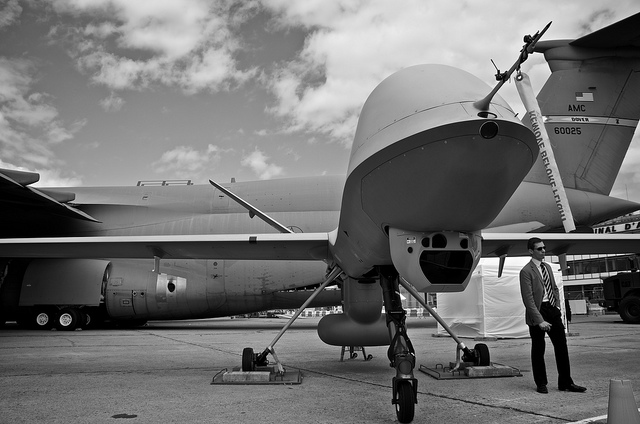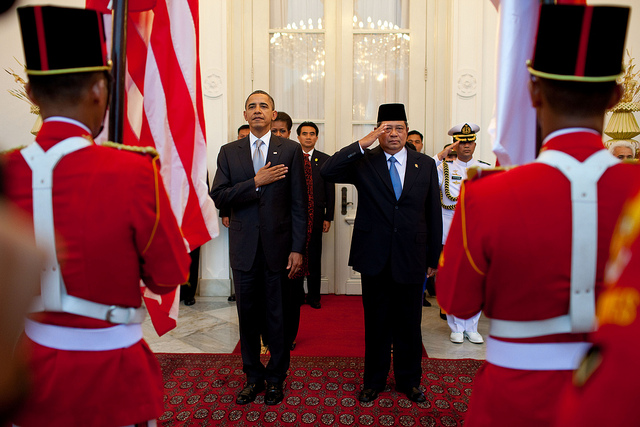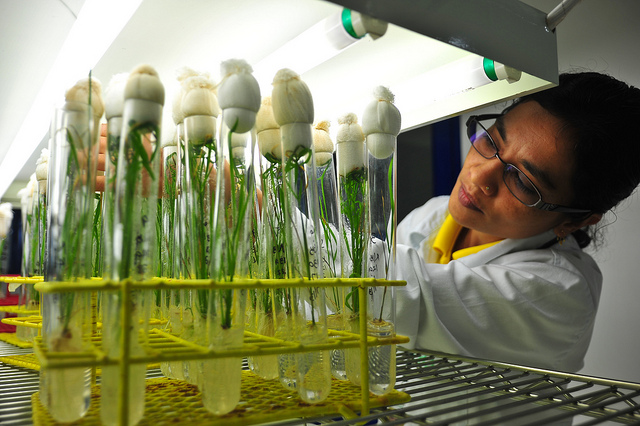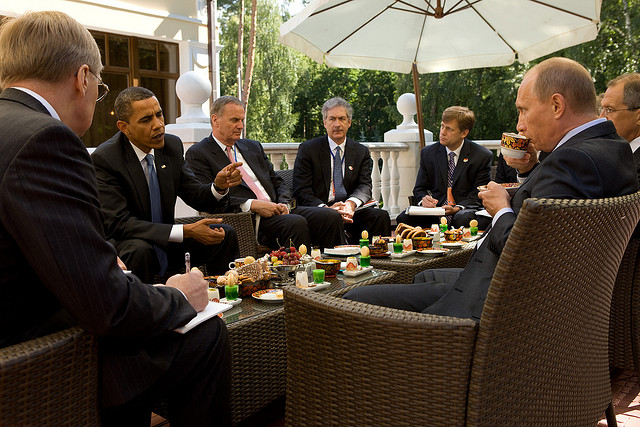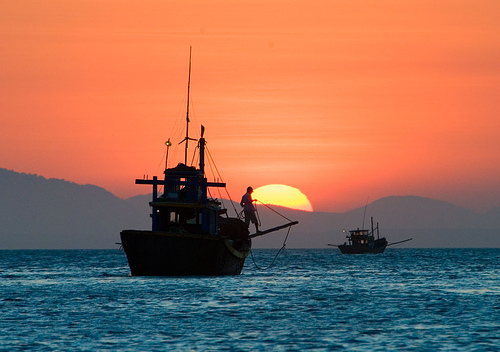Australia–Indonesia relations: approach with caution
With all the talk in the past few days about the possibility of Australia and Indonesia coming into conflict—be it diplomatic or otherwise—it’s worth understanding some of the pressure points in the relationship. At the top of the list, at least from Jakarta’s perspective, would be the events of late 1999. Following a self-determination ballot in August 1999, the security situation in East Timor worsened and—after a period of active diplomacy and coercive efforts supported by the US—Indonesia consented to the deployment of an Australian-led, UN-authorised peacekeeping force (known as INTERFET).
Aside from the obvious reasons, this case study deserves close scrutiny because a certain mythology (and oversimplification) has crept into the narrative over the years. In the latest issue of the Security Challenges journal, I present a new take on the events of 1999. As part of my research for this article, I interviewed the six Ministers then serving in the National Security Committee of Cabinet, as well as nine others who were intimately involved in Australian policy-making. One key lesson from the events of 1999 is that Australia will—in all but the most extenuating circumstances—prioritise the Jakarta–Canberra relationship above almost all other concerns.
While some see the violence of September 1999 as a catastrophe Australia could—and should—have prevented, I instead suggest that Australia’s ability to influence this outcome was limited. The events of 1999 should be considered, to some degree, independently of events in 1998. In January 1999 the Indonesian President, B.J. Habibie, announced that East Timor’s status would be resolved through an act of self-determination. Though Australia had advocated Indonesian policy action on the issue of East Timor, this decision was completely unanticipated and generated acute policy challenges for Australia. As such, Habibie’s announcement caught Australia by surprise and precipitated a period of reactive policy-making. Read more




